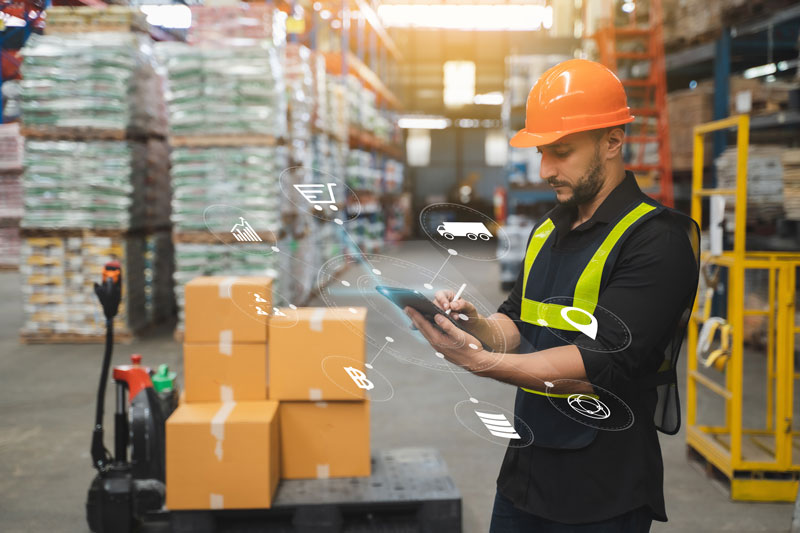About the only thing organizations were certain about when the pandemic hit was that the future of the supply chain was uncertain. Different government responses at different times around the world meant that companies needed to figure out where they would experience problems…and then anticipate what might become a problem next.
Reliable data that companies had culled for years became less reliable as the pandemic wore on, and companies needed to adjust. They began to look for any ways they could make their data usable again. Part of the solution for many organizations was turning to innovative technologies to get the information they needed to make sure their business could survive COVID-19. Here’s a look at some of those technologies and how they’ve been used effectively.
Predictive analytics
Some industries have found that the data that used to give them accurate predictive models is no longer useful. Retailers, for example, have had to change the way they look at data because the ways people shopped before, during, and then after the lockdown were all different. For an industry such as transportation, though, predictive analytics are still proving worthwhile.
Among the many data points that transportation companies need to track is the life span of their vehicles. Since many transportation companies were deemed essential services and continued to operate throughout the spring, the data on truck usage, for example, remained consistent. Companies were used to using that data to decide when to replace vehicles or perform services on them, and they could continue to use predictive analytics to decide when to take those actions in a way that would be the most cost-effective for the organization.
Prescriptive analytics
Some companies are finding prescriptive analytics to be more to their benefit during the pandemic. While still using data in a similar way to predictive analytics, prescriptive analytic software can recommend the actions an organization could take moving forward.
A company like PepsiCo, when faced with the unprecedented challenges that the pandemic has presented, used prescriptive software to create a “digital twin” of the supply chain. The company not only used the results to figure out the best way to manage its manufacturing to best serve customers, but it also uses the technology to address concerns about climate change and to make sure it is being environmentally responsible with its decision-making as well.
Virtual manufacturing and blockchain
Many companies turned to virtual manufacturing when businesses were forced to shut down facilities and employees were working from home. By using mounted cameras, employees can monitor machinery from a remote location, and meetings could be conducted virtually as well. In addition, some organizations are exploring the use of augmented reality smart glasses for virtual meetings or presentations.
Another technology that could help keep track of data in the supply chain is blockchain. Shipping companies are exploring the possibility of using blockchain for shared information at participating ports such as temperature control or container weight. Farmers are looking at blockchain as a way to make their supply chain more visible to consumers, allowing them to see every step of a food product’s life from the farm to their home.
The pandemic has certainly disrupted many aspects of business for many organizations. But sometimes a disruption is just what a company needs to figure out a better way of doing business. It could be new technology, or it could be that something the organization is already using can be used in a better way. Companies that can figure that out now will be prepared even more for the next disruption that comes their way.
Related reading:
- Supply Chain Changes for a Post-Pandemic World
- How Supply Chains are Adjusting in the Midst of a Pandemic
- How Businesses can Manage their Supply Chains During the COVID-19 Pandemic
- Your Car is Tracking More than Miles per Hour - April 11, 2024
- Data Can Help Provide Equal Footing in Cannabis Space - April 3, 2024
- Catching Up On FLOW and Data in the Supply Chain - April 1, 2024



